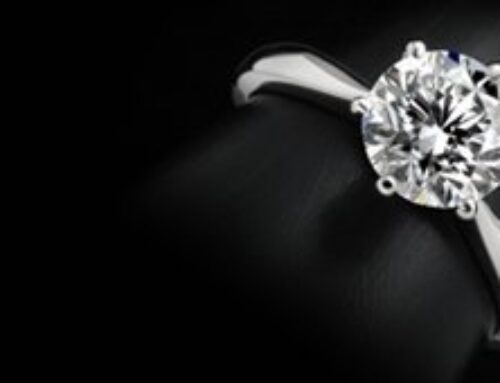Have you ever shown a coloured gemstone to someone, only to have them look at it and say, “I don’t want that one, it has a flaw in it”. How did we ever get into the position of thinking an inclusion is a flaw. It possibly may be due to our use of the term flawless for a diamond of purest white or colourless tone, without any inclusion visible under a ten-power loop , and with no internal or external marks, cleavage, cutting errors or visible indications which might reduce its value. But if a diamond has an inclusion do we really have the right to call that a flaw or should we see it as natures way to tell us that our diamond is not man made, a sign of authenticity. It is like the birthmark of a stone. We could well agree that a diamond is flawed if it has been so badly cut that it loses its brilliance and fire. But inclusions unless they are so numerous as to destroy the beauty of the stone, are different. Most gemstones, if examined under the microscope, will be found to contain tiny crystals of other minerals, or cavities, or little droplets of the liquid from which the crystal is formed. The nature of the inclusions provides an excellent means to distinguish between natural stones and their synthetic counterparts. If we accept the fact that moderate inclusions do not spoil the beauty of a gemstone and that an inclusions can lower the prices of stones making them more affordable to a bigger portion of the population and thus increasing the potential buyers.

